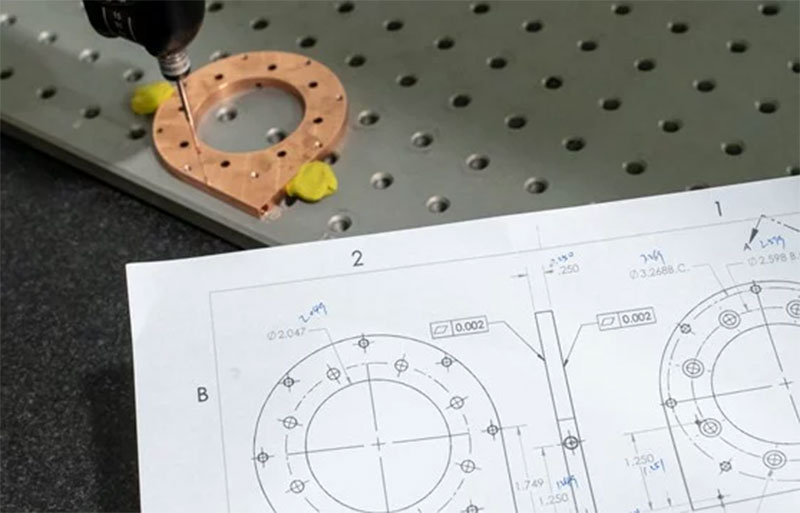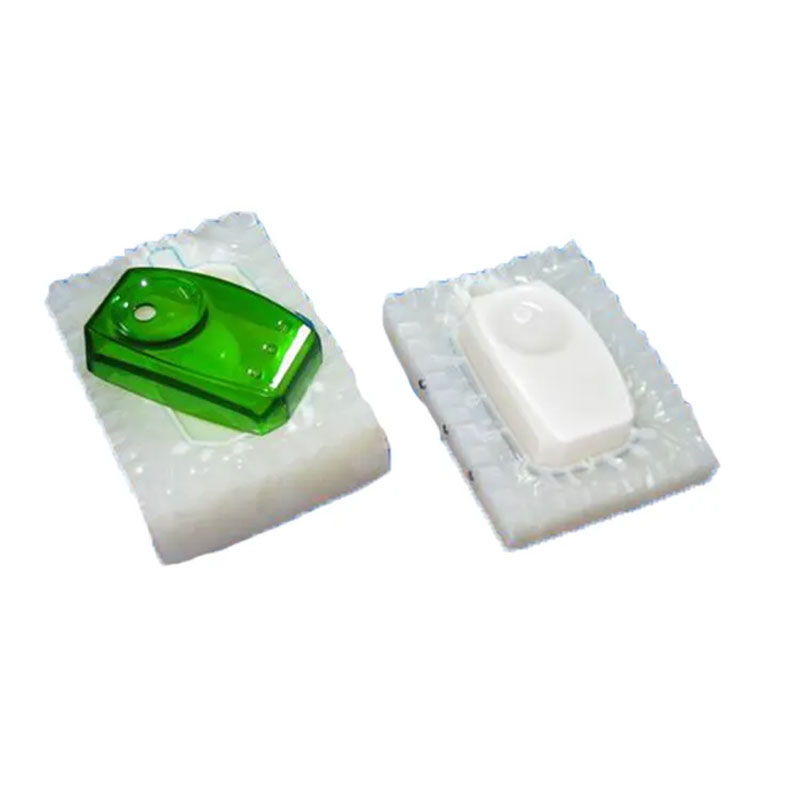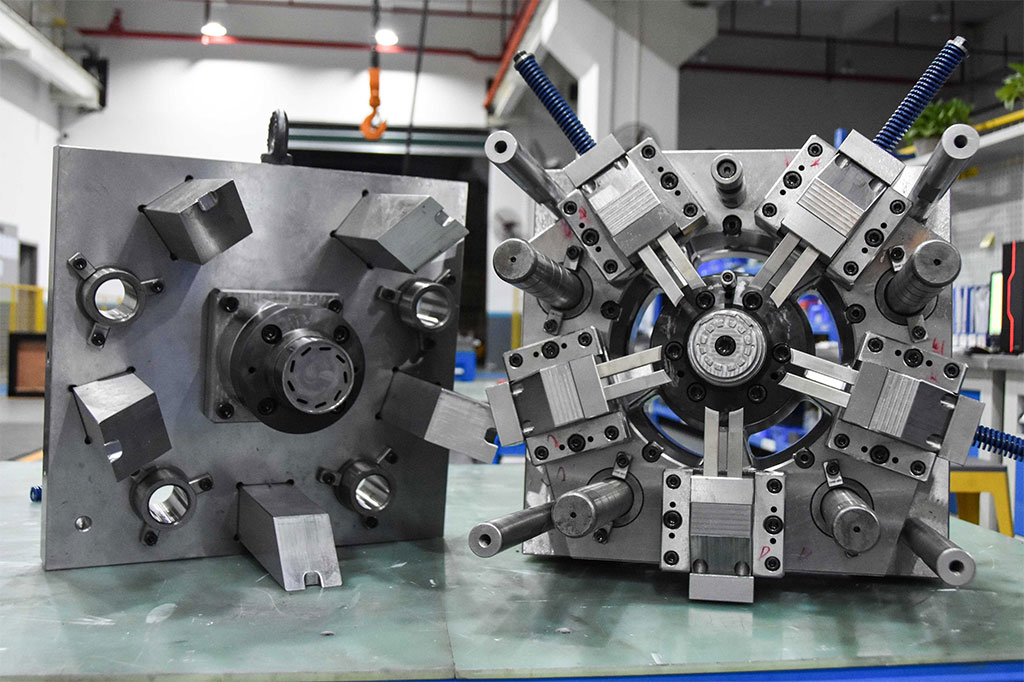CNC machines rely on crucial parameters, such as computer instruction and raw material quality to achieve precision and ensure that all parts fit together, making a perfect product that satisfies customers.

Dimensional Accuracy and Tolerance
Dimensional accuracy is a term used to compare the intensity of compatibility between the planned and actual dimensions of the output. Tolerance refers to a specifically permitted volume of variation to the planned dimensions. For example, if the tolerance is ±0.002 and we have a part with a diameter of 3.000 inches, the acceptable diameters will be 2.998 inches to 3.002 inches.
If you are working on a part without a specific tolerance provided, you can use international tolerance standards that are +/-0.1mm.
Surface Finish and Roughness
The surface of machined parts describes the quality and precision of the CNC machine itself, which is measured by the roughness in micrometers’ rigor with a laser scanner, where the standard of a CNC machined surface roughness should be 125 μin.
Assembly and Fit
The machined parts must be assembled and fit together perfectly, showing the result of Dimensional Accuracy. The parts need to be synchronized together, forming a functional product.


